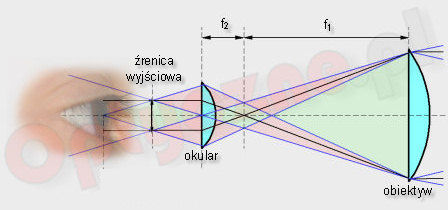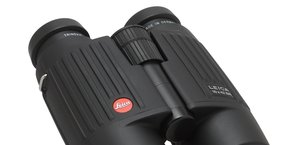How to choose low light conditions binoculars?
2. Basic parameters
- objective lens diameter
- magnification
- field of view
Taking low light conditions into consideration, the last parameter (field of view) is the less important. However sharp to the edge and wide field of view makes our observations more comfortable not only at night but also in other hard conditions.
Please Support UsIf you enjoy our reviews and articles, and you want us to continue our work please, support our website by donating through PayPal. The funds are going to be used for paying our editorial team, renting servers, and equipping our testing studio; only that way we will be able to continue providing you interesting content for free. |
- - - - - - - - - - - - - - - - - - - - - - - - - - - - - - - - - - - - - - - - - - - - - - - -
Objective diameter and magnification give us a recipe for another physics value, so-called: “exit pupil” This parameter show us the dimensions of casted ‘light circle‘, created right after the eyepiece and heading towards an eye. It can be easily measured directly but precise and easy is just to divide objective diameter value by magnification value. A smart reader can easily notice that ‘exit pupil’ in typical night-using binoculars equals 7mm (7x50, 8x56, 9x63).







